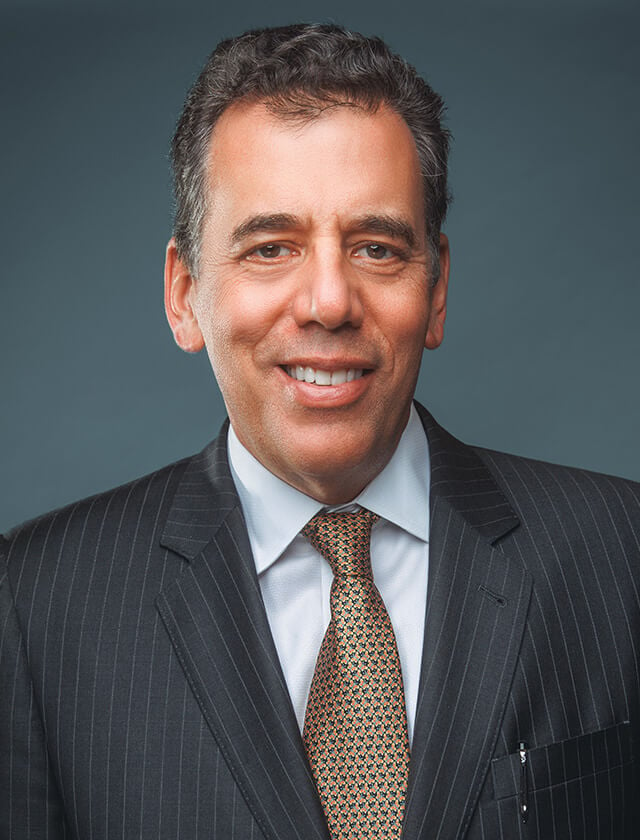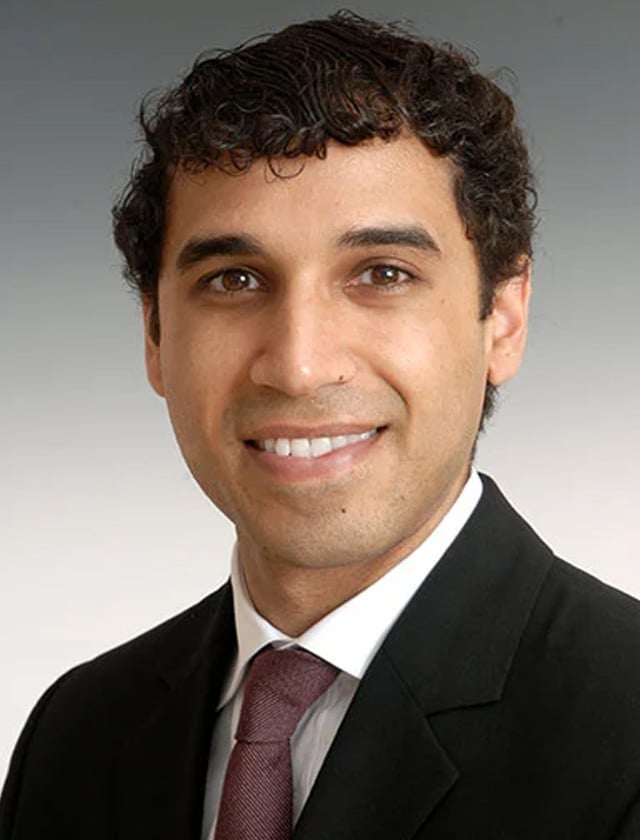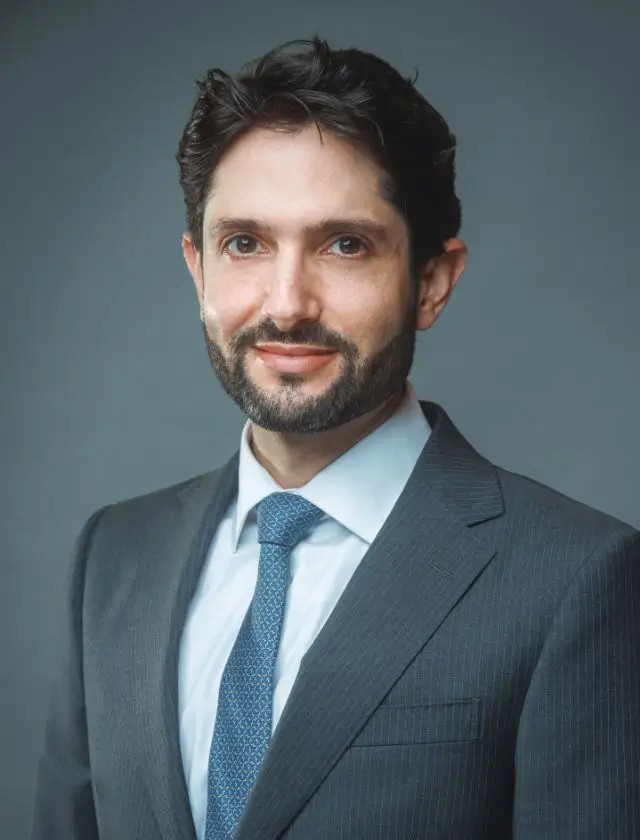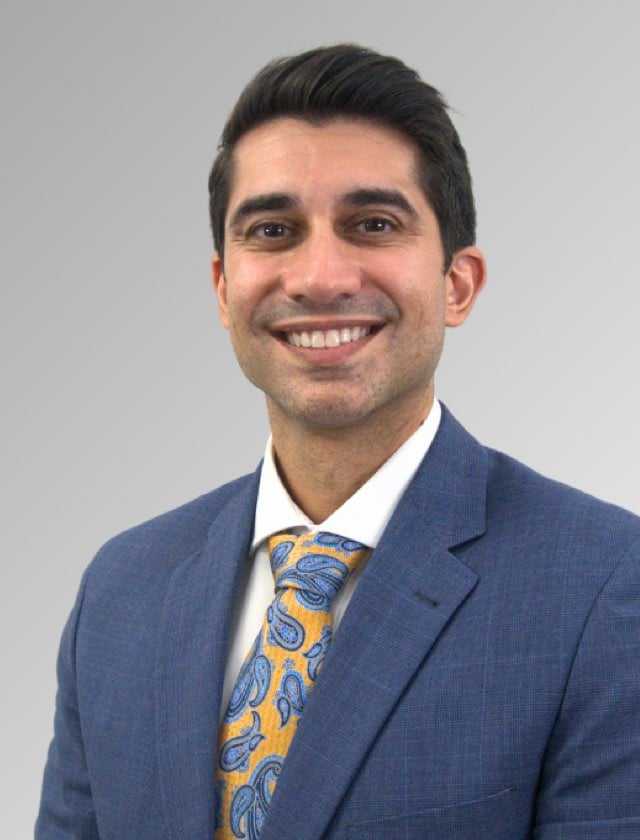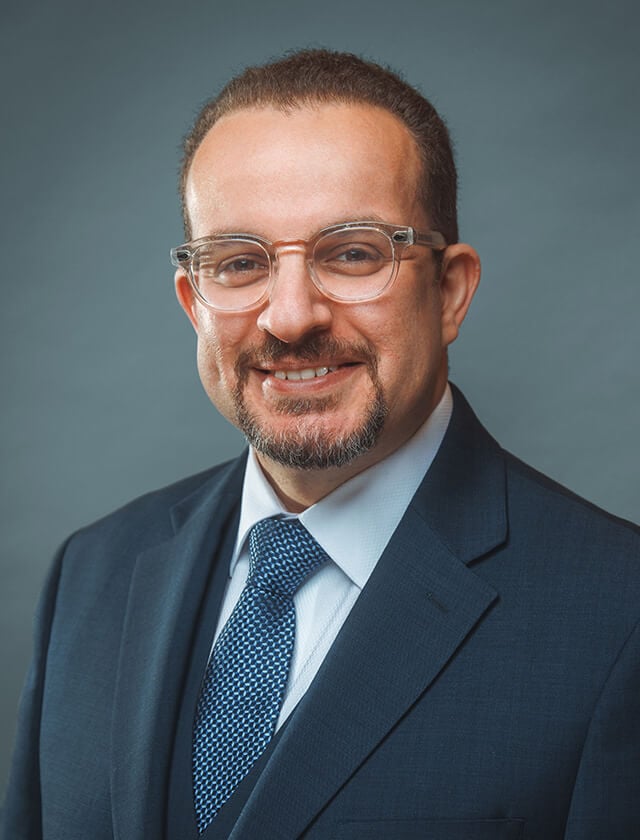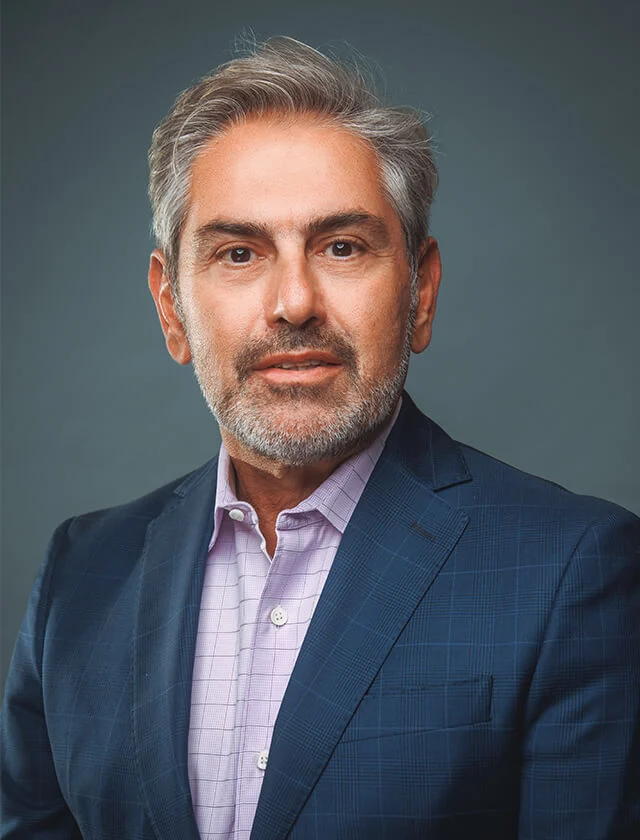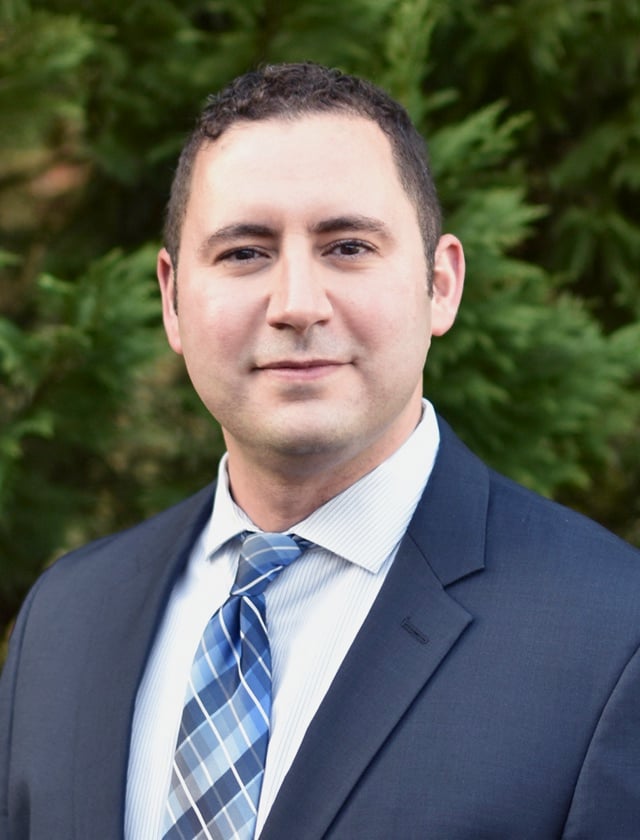Skin is the body’s largest organ. From acting as a protective barrier and making new skin to supplying blood, feeling heat and pain, and cushioning muscle and bone, your skin carries out many essential functions. As your body’s external protective system, skin is highly susceptible to infections, rashes, disorders, conditions, cancer, wounds, burns, and other injuries.
Skin reconstruction surgery can help permanently replace missing or damaged skin and provide a covering for open wounds, keeping bacterial and viral infections from entering the body. Skin surgery usually falls into one of two categories.
- Skin graft surgery: removing healthy skin from one area of the body and transplanting it to the affected area.
- Skin flap surgery: partially removing healthy skin adjacent to the affected area and using it to cover open wounds.
Skin surgery is often required in the following cases:
- Skin loss due to infection
- Burns
- Cosmetic purposes
- Reconstructive surgeries where there has been skin loss or damage
- Skin cancer surgery
- Surgeries that require skin grafts to heal
- Ulcers (venous, pressure, or diabetic) that do not heal
- Large wounds
- When a surgeon is unable to close a large wound using stitches


